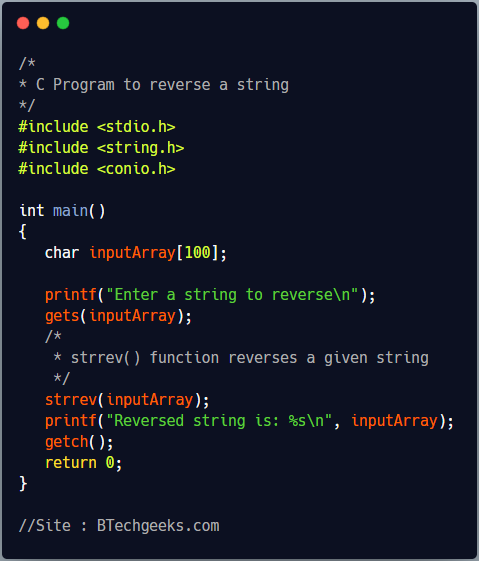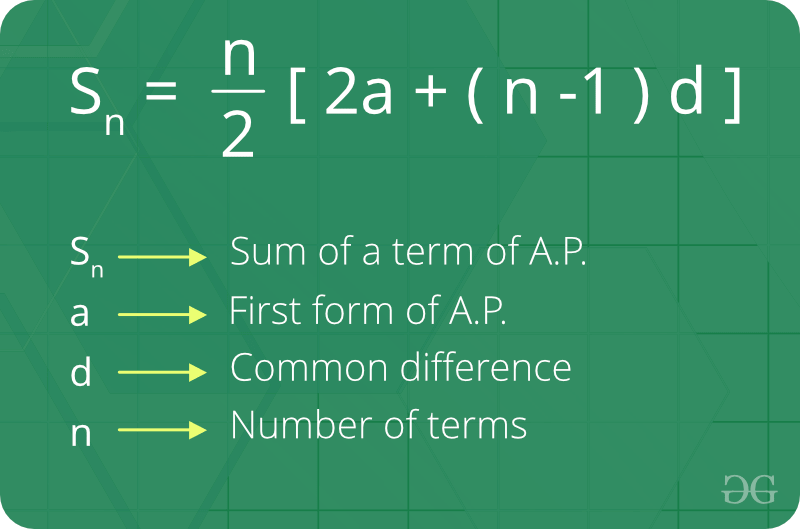
- #DATA ANALYSIS PROGRAMS HOW TO#
- #DATA ANALYSIS PROGRAMS ARCHIVE#
- #DATA ANALYSIS PROGRAMS SOFTWARE#
- #DATA ANALYSIS PROGRAMS CODE#
On the downside, it has poor memory management, and while there is a good community of users to call on for help, R has no dedicated support team.
#DATA ANALYSIS PROGRAMS CODE#
It integrates well with other languages and systems (including big data software) and can call on code from languages like C, C++, and FORTRAN.
#DATA ANALYSIS PROGRAMS ARCHIVE#
A bit like Python, R also has a network of freely available code, called CRAN (the Comprehensive R Archive Network), which offers 10,000+ packages. However, it was built specifically to deal with heavy statistical computing tasks and is very popular for data visualization. R’s syntax is more complex than Python and the learning curve is steeper. It is commonly used to create statistical/data analysis software. R, like Python, is a popular open-source programming language. Cons: Slower, less secure, and more complex to learn than Python.Pros: Platform independent, highly compatible, lots of packages.Mostly used for: Statistical analysis and data mining.You can learn more about Python in this post.

#DATA ANALYSIS PROGRAMS SOFTWARE#
In general though, if you’re building software from scratch, Python’s benefits far outweigh its drawbacks. Python’s main drawback is its speed-it is memory intensive and slower than many languages. Libraries like Beautiful Soup and Scrapy are used to scrape data from the web, while Matplotlib is excellent for data visualization and reporting. For example, the NumPy and pandas libraries are great for streamlining highly computational tasks, as well as supporting general data manipulation. Python is also extremely versatile it has a huge range of resource libraries suited to a variety of different data analytics tasks. Unlike more complex languages, it focuses on readability, and its general popularity in the tech field means many programmers are already familiar with it.
#DATA ANALYSIS PROGRAMS HOW TO#
Whether you’re preparing for an interview, or are deciding which tool to learn next, by the end of this post you’ll have an idea how to progress. Then we’ll move onto some of the more popular tools and platforms used by organizations large and small.

We’ll start our list with the must-haves-the tools you can’t do without.


 0 kommentar(er)
0 kommentar(er)
